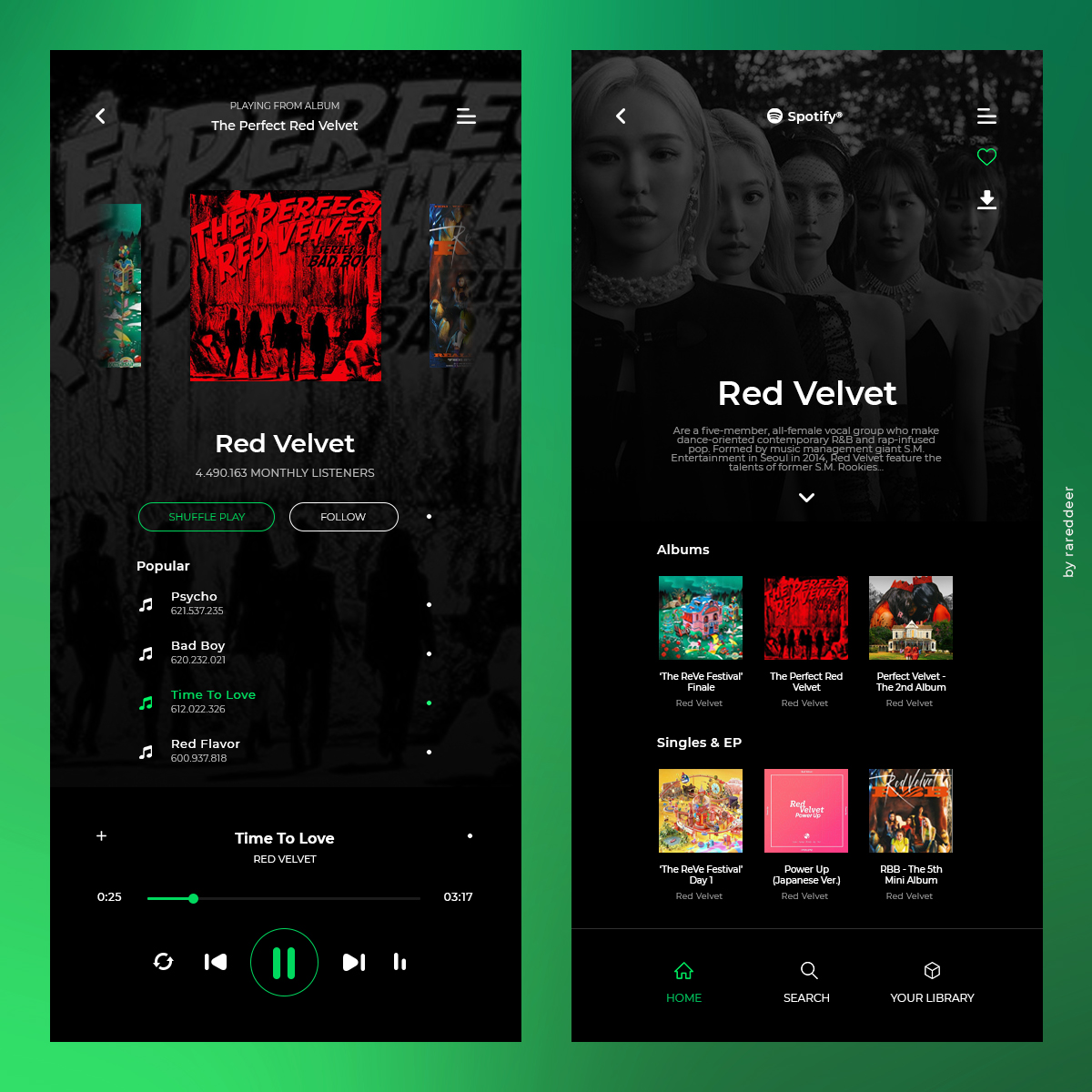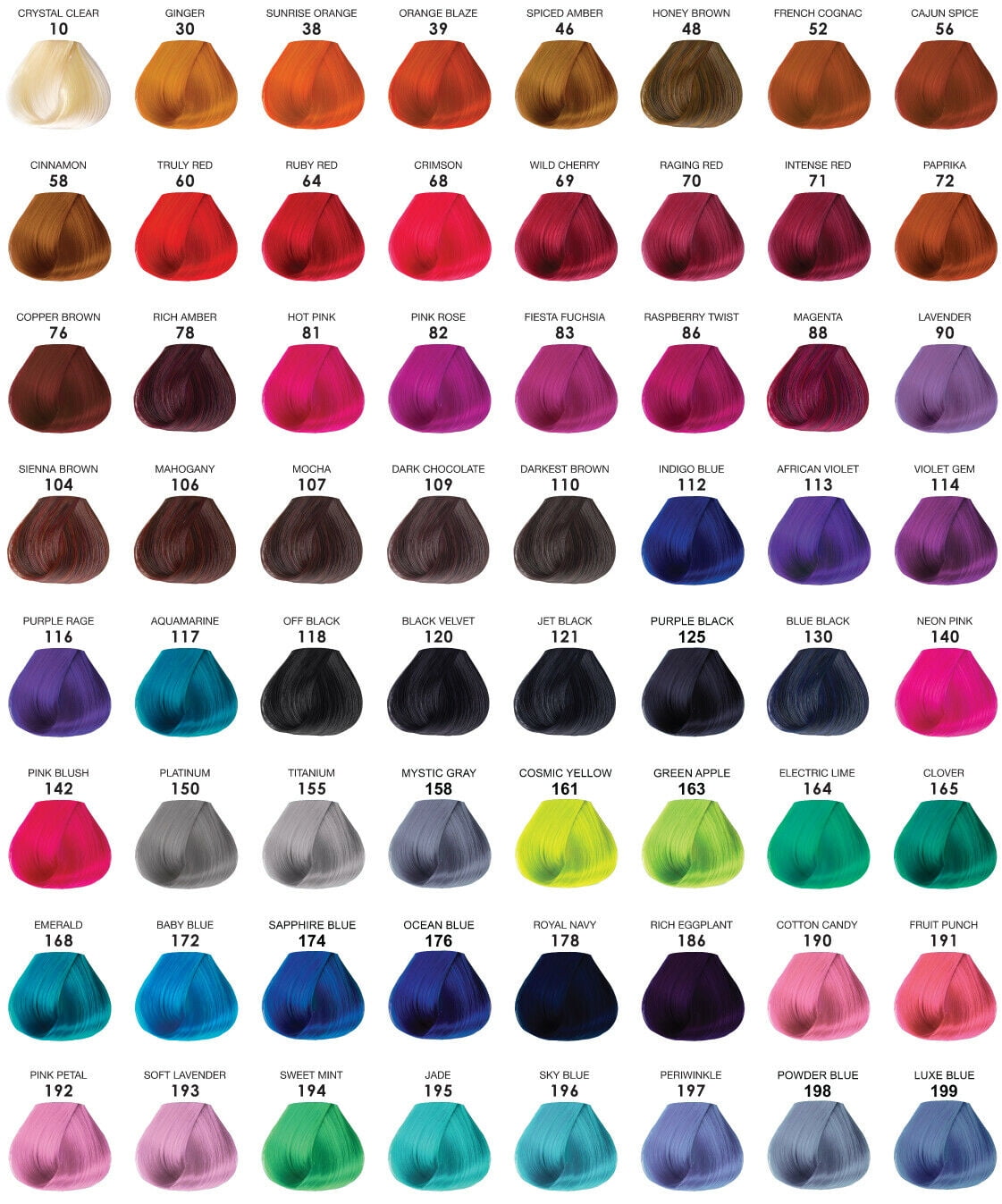Table Of Content

All our chords have a different DPM in charge, depending on where their passion and strengths lie. This setting helps to provide focus for our team and to contain our work (remember the firehose I mentioned earlier?). Things would be confusing and hard to use, from a functionality perspective.
Box Office: ‘Challengers’ Scores First Place Finish With $15 Million Debut
What they need is to experience the product positively, to get something out of it. We really are there to keep the human, the end user, at the forefront. With our foundations firmly in place, we’re continuing to roll out new cross-platform components and, in doing so, expand the system’s coverage. Building up our contribution process so everyone can start to benefit more from what we’ve learned, including showcasing some of our best examples of cross-functional components.
A field guide to the references on Taylor Swift’s ‘The Tortured Poets Department’
We could see that our designers craved a more flexible, playful system that would allow them to tell stories, explore big ideas, and energize our community. But we hope that “relevant, human, and unified” convey what we aspire to achieve in our products—and that these principles serve as constant reminders to do better. The team refreshed Spotify’s look and feel, standardized many of our components across mobile and desktop, and grew from a handful of people to 30+ full-time engineers and designers. On a platform where Spotify already exists.If you have built an integration on a platform where the Spotify client exists (mobile and desktop integrations), always link to the Spotify app. For full access to Spotify functionality, users should be directed to the Spotify application installed on the partner platform. If the app is not installed, the user should be directed to the app store so that they can install Spotify.
Logo misuse
Executive Producer and Head of Fiction at Spotify Mimi O’Donnel joined the Monkeypaw Productions creator in Spotify’s surround-sound screening room for a conversation on the new production’s unique space as a horror podcast. In conjunction with the LA school system, we hosted LA Beats, which brought approximately 250 students from 5th grade through 12th grade to the Spotify studios for a musical experience like no other. Then, the participants celebrated with a contest and artists including Lil Nas X. The kids had a great time. The project came at the tail end of a two-year growth period that saw global employee headcount grow by 52%, from 3,813 people to 5,779, with new office spaces being added in rapid succession. It was a pace that left little time to determine a unified workplace-experience strategy.
(And our customers noticed, too.) Ensuring that Spotify felt inherently “Spotify,” regardless of the medium, became our core focus. In my role as the design lead on our design systems team, Encore, I’ve had a front-row seat as our teams tackle the daunting task of keeping the experience unified. Components have been core to our strategy—rethinking how we approach them, all the way from scoping to execution. Remember we said that whole thing about making an “evolving editorial destination”? We weren’t kidding, because our first iteration came in the form of a fast follow two weeks after launch. We added a new hub to house our Design-related audio content — like playlists, podcasts, and other highly listenable whatnot.
Create professional product photos - no studio required
There’s also a new keyboard shortcuts modal that can be opened with the question mark key (?) or command + forward-slash (⌘/). Many of these changes weren’t possible in the old Desktop app, and while we still have areas to improve, the team has worked toward building accessibility into our design and development cycle. Additionally, we reworked our messaging and communication surfaces to better align with Spotify’s UX Writing voice and tone guidance. We’re also happy to introduce more moments of delight through motion and micro-interactions, like our playing indicator on trackrows and heart animation. We've made sure that new features work with assistive technologies, like screen readers, meet contrast requirements, and are usable in keyboard-only scenarios.
” to “I need a new Sketch license” or, our favourite at Spotify, “our tribe needs some cool swag, can you design it? Our team had to establish a process quickly; otherwise, we’d be pulled in multiple directions and face a demand overload. We’re a team of six rockstar Design Program Managers (DPMs) who all worked together on this process. Ultimately, we really wanted to lean into making it feel more like a trusted music guide, as well as having an approachable personality. So much of our brand is human playfulness, so we made a major decision to acquire Sonantic and create a more realistic, friendly voice. Juli currently leads design for Encore, Spotify's family of design systems.

Then in September of last year, we stood back, took a hard look at what we’d done, and realized we’d missed an opportunity. Designers are (sometimes) referring to the principles when reviewing work, but there’s room for improvement on this front. It still takes some conscious effort to refer to the principles during critique, but over time we’re hoping it becomes more second nature. We’ll continue looking into this as part of ongoing efforts to improve our design processes, tools, and resources for designers. Marina’s work focuses on the intersection of language, design systems, and user experience.
Why cross-platform?
We adopted design tokens for foundational design decisions, such as color schemes and type styles. But, as our journey progressed, we recognized the need for more commonality between our subsystems. We’ve grown into an audio first company and doubled down on podcasts; we create products for listeners, artists, and advertisers; and we went from a handful of designers to almost 200.
Spotify TV app overhaul has me considering a switch from Apple Music - BGR
Spotify TV app overhaul has me considering a switch from Apple Music.
Posted: Thu, 09 Nov 2023 08:00:00 GMT [source]
Our goal was to unify Spotify Design with the Spotify brand at large, while maintaining the avant-garde approach we loved in Albin’s early explorations. We were experimenting with a lesser used version of Spotify’s standard typeface, but we couldn’t make the brand feel sufficiently Spotify without our trusty Spotify Circular Book. Photography-wise, we wanted to do away with stoic, “I am a very serious designer” headshots. By combining color photography with bright backgrounds and the fun highlights, we were better able to capture who we are as humans. Looking back, the rollout should have had more swag, like posters, stickers, or other goodies. It takes time to internalize new ideas, and external reminders would have helped.
Our design reference group could check on the site progress and leave feedback whenever they wanted. To share downloadable resources and create an open-source repository of design goodies that other organizations can dive into. The redesign was an opportunity to create a joyful pedestal on which to showcase our designers’ best work. And we wanted designers to have their say about what pedestal characteristics they desired most. Designing to bring our Desktop and Web listener experience to life. He's an Australian living in Stockholm and enjoys good food with good company.
To explain how the design team works; to let us wax philosophical on our different disciplines; and to serve as a portal to Spotify Jobs. As a Design Team, it's often difficult (sometimes impossible) to take big risks in order to build a future you believe in. To solidify and celebrate our decisions, we made a brand book and cranked out some practical assets.

No comments:
Post a Comment